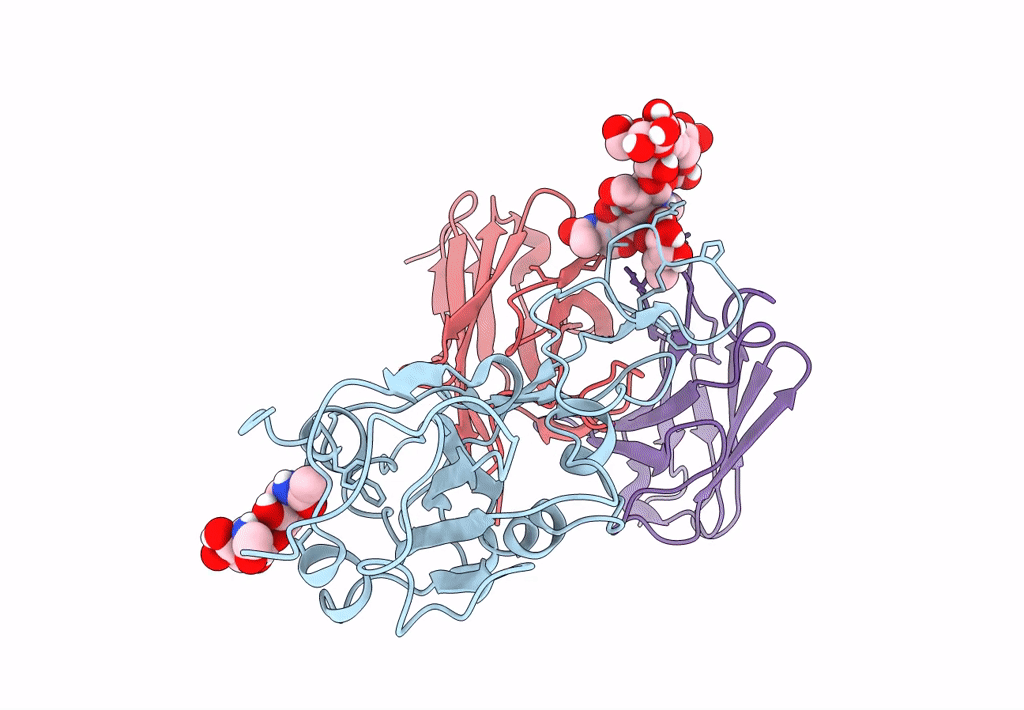
Deposition Date
2022-03-15
Release Date
2022-12-07
Last Version Date
2024-11-20
Entry Detail
PDB ID:
7X8W
Keywords:
Title:
The SARS-CoV-2 receptor binding domain bound with the Fab fragment of a human neutralizing antibody Ab354
Biological Source:
Source Organism:
Severe acute respiratory syndrome coronavirus 2 (Taxon ID: 2697049)
Homo sapiens (Taxon ID: 9606)
Homo sapiens (Taxon ID: 9606)
Host Organism:
Method Details:
Experimental Method:
Resolution:
3.10 Å
Aggregation State:
PARTICLE
Reconstruction Method:
SINGLE PARTICLE


